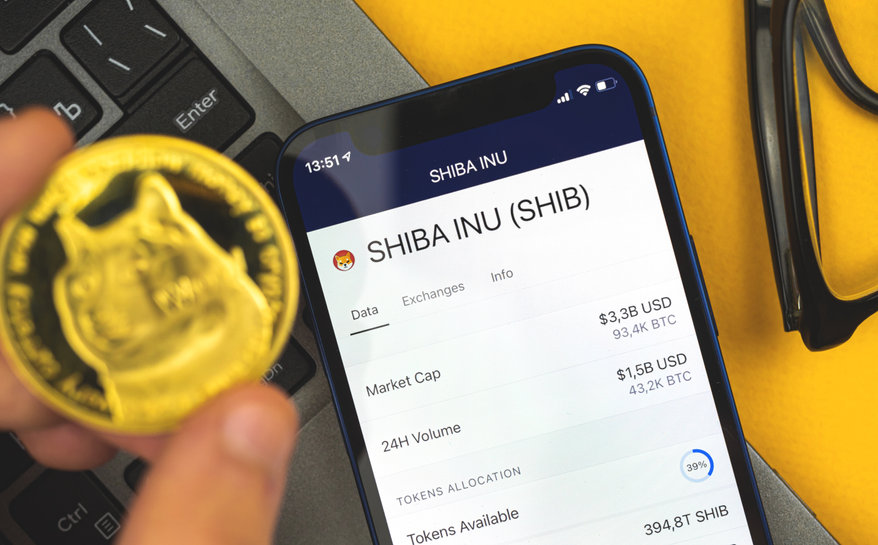
Ethereum has rallied by nearly 40% in 10 days. The coin is now firmly above $1000. It has also surpassed the $1300 resistance as investors rush in to buy the July crypto dip. However, technical indicators suggest that ETH has lost momentum. The coin is now facing a steep sell-off. Here are some key takeaways:
-
Momentum indicators on the chart show ETH is now overbought.
-
The coin is struggling to hold above its 50-day moving average of $1300.
-
A correction of around 20% is plausible over the next few days.
 Data Source: TradingView
Data Source: TradingView
Ethereum Price Analysis and Prediction
Between July 15th and July 25th, ETH charted a strong upward trend. The coin was up 40% during this period as the broader market recovered from July lows. But this strong momentum has now slowed. ETH has retreated sharply and is now hovering above its 50-day moving average of $1300. A drop below $1300 will likely trigger a steep sell-off that ultimately sends ETH to $1180.
Despite this, analysis of previous ETH trading history shows strong demand at $1550. In fact, nearly 586,000 unique addresses have purchased 5.1 million coins at the $1550 mark. If ETH reverses the current downtrend and rallies to $1550, our bearish outlook becomes invalidated.
However, this will not be easy. For instance, ETH is overbought. This leaves minimal space for a strong uptrend. The Tom DeMark (TD) Sequential indicator is also flashing the ‘sell’ signal. All these factors strongly affirm our prediction that a sharp ETH sell-off is highly probable.
Will ETH rise again in the near term?
For now, the best-case scenario is for ETH to hold above the 50-day MA at $1300. If this happens, we may see a period of sideways trading as the coin tries to generate demand.
However, the more likely outcome is that ETH will end July in the red. The coin might even fall below $1000 over the next 14 days.
The post Is it time to sell Ethereum despite the recent rally? appeared first on CoinJournal.


 Source – TradingView
Source – TradingView
 Source – TradingView
Source – TradingView
 Source – TradingView
Source – TradingView
 Source – TradingView
Source – TradingView